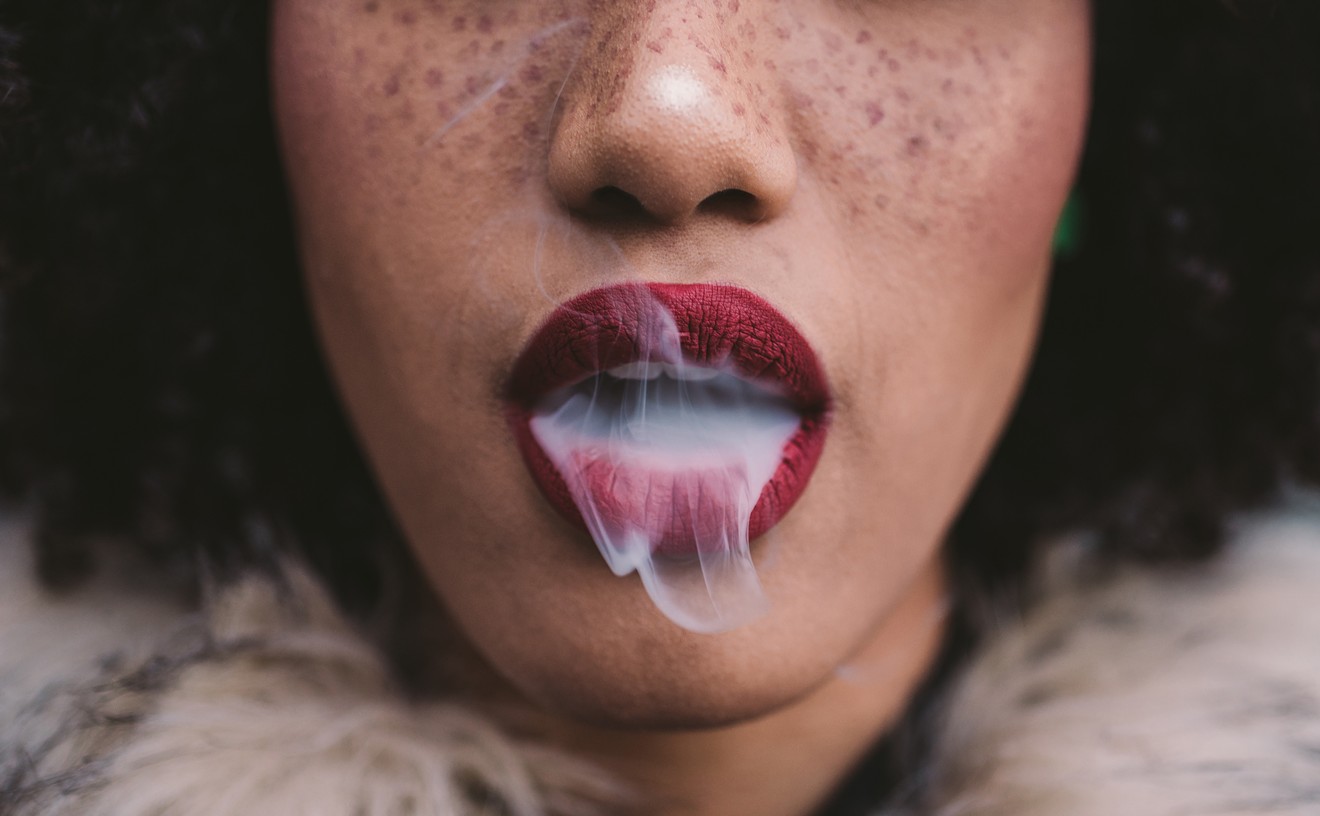Billed as one of the most comprehensive collections of African American art and history outside the Smithsonian, The Kinsey African American Art and History Collection, which opened in Fair Park last week, features more than 150 rare documents, works of art and photos dating to 1595.
Bernard Kinsey says he and his wife, Shirley, didn’t plan to amass an exhibition of museum-quality artifacts, but it developed organically over time through their travels and their desire to teach and share the story of black Americans.
“We were left out of history,” he told a crowd gathered in the museum’s foyer. “[African Americans] were photoshopped out of everything of significance.”
What the Kinsey family is doing, Bernard Kinsey says, is placing the contributions of African Americans, some of whom were goldsmiths, silversmiths, ironworkers, artisans and more, back into the historical narrative.
“We contributed,” he says, adding that the reality is that until black people “become respected” and learn their true history, people will continue to try and prove their worth instead of realizing its existence.
“You can’t respect someone you don’t know anything about,” he says.
Among the celebrated collection is a colorful, 1940 oil painting by Wheeler Waring titled "Woman Wearing Orange Scarf," as well as a 1773 first edition of Phillis Wheatley’s book Poems on Various Subjects, Religious and Moral. Other items include a copy of the 1857 Dred Scott Decision, the earliest known black baptismal record and black marriage record. There’s also a letter from Malcolm X to Alex Haley, author of Roots: The Saga of an American Family.
So far, more than 15 million people have experienced the exhibition which, according to a press release, has toured 30 cities in the United States and abroad.
Bernard Kinsey calls the collection an exploration of a creative explosion of intellect and community. It is being presented by Toyota Motor North America and coincides with the museum’s 45th anniversary.
As Khalil Kinsey, Bernard and Shirley Kinsey’s son, describes various historical documents to a group of patrons, he speaks passionately about the beauty of the artifacts as well as the glimmers of humanity intermingled with pain and struggle.“We were left out of history. [African Americans] were photoshopped out of everything of significance.” — Bernard Kinsey
tweet this
”You don’t think about [slaves] being insured,” he says in regard to an insurance policy.
In another document, a woman describes her slave as the finest chambermaid she ever had and expresses regret at having to sell her. The slave delivered the envelope herself, Khalil says, not knowing she would be sold and separated from her family, never to be reunited.
A man named Henry Butler was given the opportunity to buy his wife and children for $100 from their owner, Khalil relates before turning his attention to a North Carolina proclamation, which he says gave any person the right to kill or destroy whom they thought to be a fugitive slave.
”This deputized any person to kill fugitive slaves without proof,” he says.
Khalil drew laughter while reading part of a letter a woman had written to her spurned lover telling him it was unnecessary for him to visit her “ever again, whatsoever.” “I shall ask the police to see to it that I’m not annoyed,” he read.
Later, Khalil pointed out a document showing how Mose, a black soldier who had been denied his pension after the Civil War, began receiving the pension because a white Confederate soldier had vouched that the former medic saved his life. Pointing to a display of Confederate currency, he says, “If you look closely, you’ll see a black man picking cotton.”
Khalil shared that it was important for him growing up to know the wealth of information was out there. “This is a beacon,” he says about the museum. “[The African American Art Museum Dallas] is a place where more of our young people should come to find themselves and where all of us should find each other. This is American history.”











